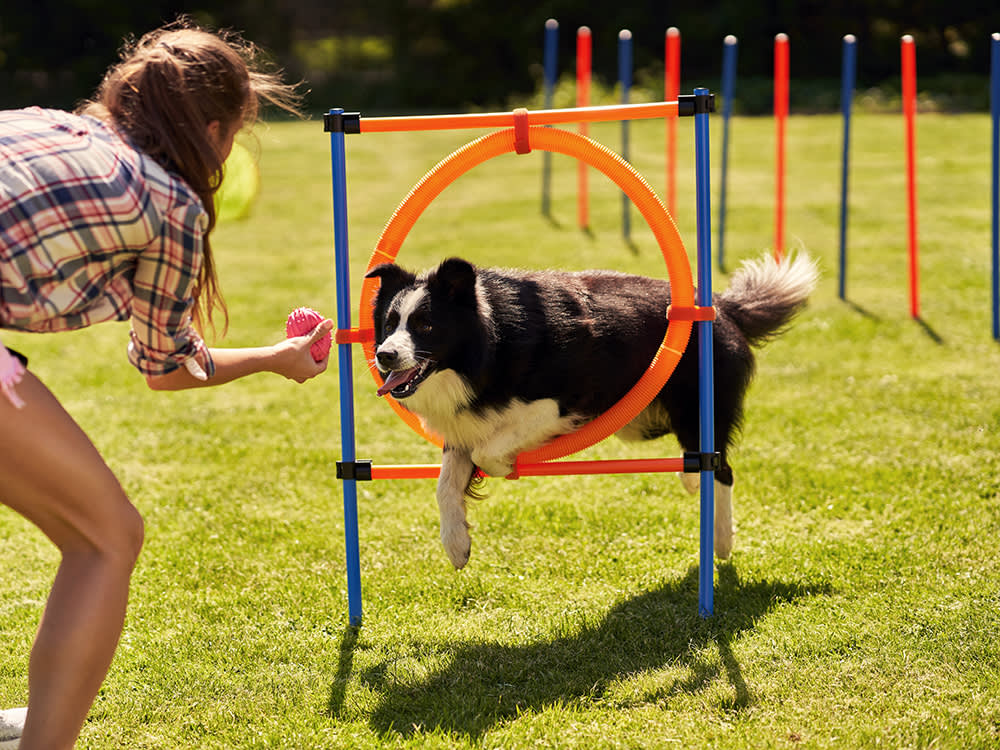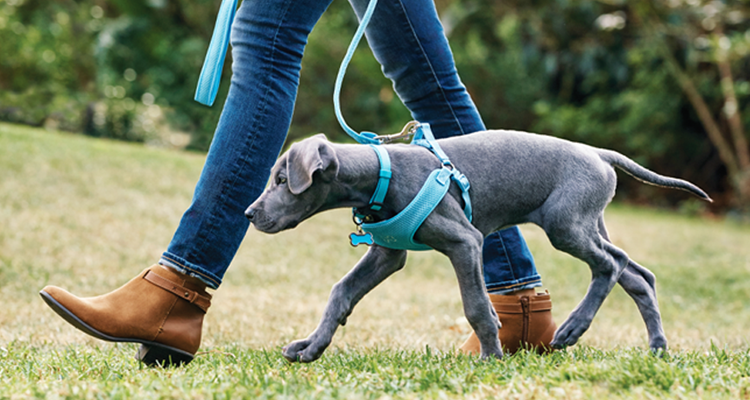Overcoming Challenges in Dog Training: Expert Advice for All Pet Owners
Novice's Guide to Effective Pet Dog Training in your home
Effectively educating a pet in the house requires a nuanced understanding of canine actions and efficient communication approaches. Developing clear training goals, utilizing top notch benefits, and maintaining uniformity across household participants are important aspects. Incorporating training right into daily routines can enhance both involvement and retention. Many newbie instructors experience obstacles that might impede progression. To navigate these intricacies properly, it's vital to check out numerous essential elements that can change your approach and lead to a harmonious relationship with your pet. What basic principles should every beginner grip to make certain success?
Comprehending Canine Behavior
Recognizing pet habits is important for efficient training and promoting an unified partnership between humans and their canine companions. Pet dogs interact primarily via body language, vocalizations, and faces, making it crucial for proprietors to interpret these signals properly. Recognizing actions such as tail wagging, grumbling, or shrinking can supply understandings right into a pet dog's mood and purposes.

Common behavior issues, such as aggression, stress and anxiety, or excessive barking, frequently originate from misconceptions or unmet needs. Observing and resolving these concerns promptly can avoid acceleration and make certain a favorable training experience. By fostering a deep understanding of pet habits, owners can customize their training approaches to fit their canine friends, ultimately causing a happy and mannerly pet.
Necessary Educating Devices
A well-appointed training room can substantially enhance the efficiency of dog training in your home. Important training devices ensure that both the pet dog and the instructor can take part in productive sessions that promote discovering and bonding.

Spending in a tough chain and a comfortable, well-fitting collar or harness is vital for safety and security and control. These devices help develop boundaries and make certain the dog stays protected during training. In addition, an assigned training location, totally free from distractions, aids concentration for both the instructor and the pet.
Educating help such as training pads, cones, or dexterity tools can also improve the experience by introducing range and challenges. Last but not least, having a notebook or digital application for tracking progression can be very useful, enabling you to note successes and areas for renovation. Utilizing these important tools will certainly develop a favorable training setting and lay the foundation for efficient understanding.
Developing an Educating Routine
Developing a consistent training routine is necessary for effective pet dog training in the house. A well-structured regular not only assists in reinforcing desired habits but also offers your pet dog with a sense of protection and predictability. To develop an effective training regular, begin by recognizing certain training goals, such as fundamental commands, chain strolling, or housebreaking.
Pick a marked time each day for training sessions, preferably when your pet dog is sharp and responsive. Procedure must be brief, around 5 to 15 minutes, to keep emphasis and protect against tiredness. Consistency in timing and atmosphere will certainly enhance your canine's understanding experience.
Integrate training right into everyday tasks to reinforce skills. As an example, practice commands throughout strolls or nourishment, which integrates finding out into natural regimens. Furthermore, stay flexible and change the routine as required, suiting your dog's power degrees and state of mind.
Positive Reinforcement Techniques
Favorable reinforcement techniques are basic to efficient canine training, advertising desired habits with benefits instead of penalty. This technique uses positive stimuli, such as treats, praise, or playtime, to encourage canines to duplicate specific activities. The cornerstone of this strategy is timing; rewards must be offered instantly adhering to the wanted actions to create a clear association.
When carrying out positive reinforcement, it is vital to select benefits that are encouraging for your canine. High-value deals with, such as tiny pieces of chicken or cheese, can be particularly effective during training sessions. Furthermore, differing the rewards can preserve your dog's rate of interest and enthusiasm.
Beginning with easy commands, like "rest" or "stay," and gradually progression to a lot more complicated jobs. Consistency is crucial; ensure that all relative utilize the same commands and reward systems to avoid confusion.
Additionally, it is essential to stay patient and prevent frustration. Dogs, like people, discover at their very own speed. By promoting a supportive training atmosphere via positive reinforcement, you can boost your pet dog's understanding experience while reinforcing the bond in between you and your hairy companion, preparing for effective training end results.
Typical Educating Difficulties
While training a advice pet dog in your home can be a satisfying experience, it commonly comes with a set of common obstacles that can test both persistence and more consistency. One prevalent issue is interruption. Pets may come to be conveniently sidetracked by noises, activities, or perhaps aromas in their environment, making it difficult to keep their emphasis throughout training sessions.
Another difficulty is inconsistency in commands and reinforcement. It can perplex the pet dog and hinder development if household members make use of various cues or benefits. Establishing a unified approach is important for effective communication.
Additionally, canines can experience frustration or tension, especially if they do not recognize what is anticipated of them. This can result in unwanted behaviors, such as eating or barking.
Finally, the timing of support is essential (Dog training). Postponed rewards can reduce the performance of favorable support, as dogs might stop working to link the habits with the incentive
Getting over these challenges requires dedication, clear communication, and a structured training strategy. Acknowledging and addressing these usual barriers will lead the means for a more successful and pleasurable training experience at home.
Final Thought
Finally, successful dog training at home demands a detailed understanding of canine actions and reliable interaction methods. By establishing clear training goals and utilizing high-grade deals with along with positive reinforcement, the training process becomes more fulfilling for both the pet dog and the trainer. Versatility, uniformity, and persistence are crucial components that promote understanding. Ultimately, incorporating training into daily regimens improves the bond in between canine and owner, making the experience both satisfying and productive.
Establishing a regular training routine is crucial for effective pet training at home.Positive reinforcement techniques are fundamental to efficient canine training, advertising desired behaviors through benefits instead than penalty (Dog training). By cultivating a helpful try here training atmosphere through favorable support, you can improve your pet dog's discovering experience while reinforcing the bond in between you and your fuzzy companion, laying the groundwork for successful training outcomes
In verdict, successful dog training at home requires a detailed understanding of canine behavior and effective interaction strategies. By developing clear training objectives and using high-quality deals with together with positive support, the training process becomes more satisfying for both the pet and the instructor.